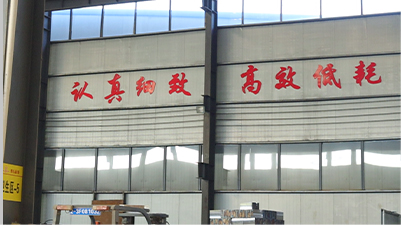Innovative Solutions for Efficient Gantry Hoists in Industrial Applications
The Importance of Gantry Hoists in Modern Industries
In today's fast-paced industrial landscape, the demand for efficient and effective material handling solutions is greater than ever. One indispensable tool that has emerged to meet this need is the gantry hoist. A gantry hoist is a type of lifting device that consists of a beam supported by two upright legs, forming a structure that can traverse along a defined path. This versatile equipment is widely used in various settings—ranging from manufacturing and construction sites to warehouses and workshops.
The Structure and Functionality of Gantry Hoists
Gantry hoists are designed for heavy-duty applications and come in numerous sizes and configurations. The basic structure usually comprises a horizontal beam, often made of steel or aluminum for strength, which can be adjusted to different heights depending on the requirements of the task at hand. This adjustability makes gantry hoists incredibly flexible, allowing them to lift and move heavy loads with precision.
The lifting mechanism of a gantry hoist can be manual or powered. Manual hoists utilize a hand-operated chain or rope system to lift loads, making them ideal for lighter and less frequent lifting tasks. On the other hand, powered gantry hoists are equipped with electric or pneumatic systems that facilitate more substantial lifting capabilities, making them suitable for large-scale industrial applications.
Applications of Gantry Hoists
The applications of gantry hoists are broad, reflecting their adaptability and ease of use
. In manufacturing facilities, these hoists are ubiquitous, helping to lift heavy components onto assembly lines or transport materials from one workstation to another. In construction, gantry hoists play a crucial role in moving building materials, machinery, or even pre-fabricated components.gantry hoists

In warehouses, gantry hoists are used for inventory management, aiding in the loading and unloading of goods. Their ability to traverse smoothly across a defined path makes them indispensable in environments with limited space. Additionally, they are often employed in repair shops for lifting engines, heavy machinery parts, or other sizable equipment for maintenance and repair activities.
Advantages of Using Gantry Hoists
One of the key advantages of gantry hoists is their mobility. Many models come with wheels, allowing operators to move them with ease across different areas of a worksite. This feature enhances workflow efficiency, enabling teams to handle materials without having to constantly relocate or set up new hoisting systems.
Furthermore, gantry hoists can be set up relatively quickly and do not require extensive permanent installation, making them a cost-effective solution for businesses. Their modular designs allow for easy assembly and disassembly, which is particularly beneficial for temporary projects or job sites that change frequently.
Safety is another paramount consideration in any industrial setting. Gantry hoists often come equipped with safety features such as emergency stop buttons, overload protection systems, and secure anchor points. These features help mitigate risks associated with lifting heavy loads, protecting both the operators and the materials being handled.
Conclusion
As industries continue to evolve and demand for efficient material handling solutions increases, gantry hoists will undoubtedly retain their significance. Their robustness, versatility, and safety features make them a staple in various applications, from manufacturing to construction and beyond. Investing in a quality gantry hoist can enhance productivity, streamline operations, and ultimately contribute to the overall success of industrial enterprises. Whether used for lifting engines in a workshop or moving heavy components in a manufacturing facility, gantry hoists will continue to play a critical role in the efficient functioning of modern industries.
-
Unlock Seamless Relocation with Our Heavy Equipment Moving ExpertiseNewsJun.06,2025
-
Unleash Unrivaled Flexibility with Our Adjustable Gantry CraneNewsJun.06,2025
-
Unleash Heavy-Duty Efficiency with Our Industrial Gantry Crane SolutionsNewsJun.06,2025
-
Revolutionize Steel Handling with Our Magnetic Lifter RangeNewsJun.06,2025
-
Master Equipment Mobility with Premium Machinery Mover SolutionsNewsJun.06,2025
-
Elevate Your Material Handling with Magnetic Lifter TechnologyNewsJun.06,2025
-
YS Permanent Lifting Magnets: The Smarter Way to Handle SteelNewsMay.22,2025
